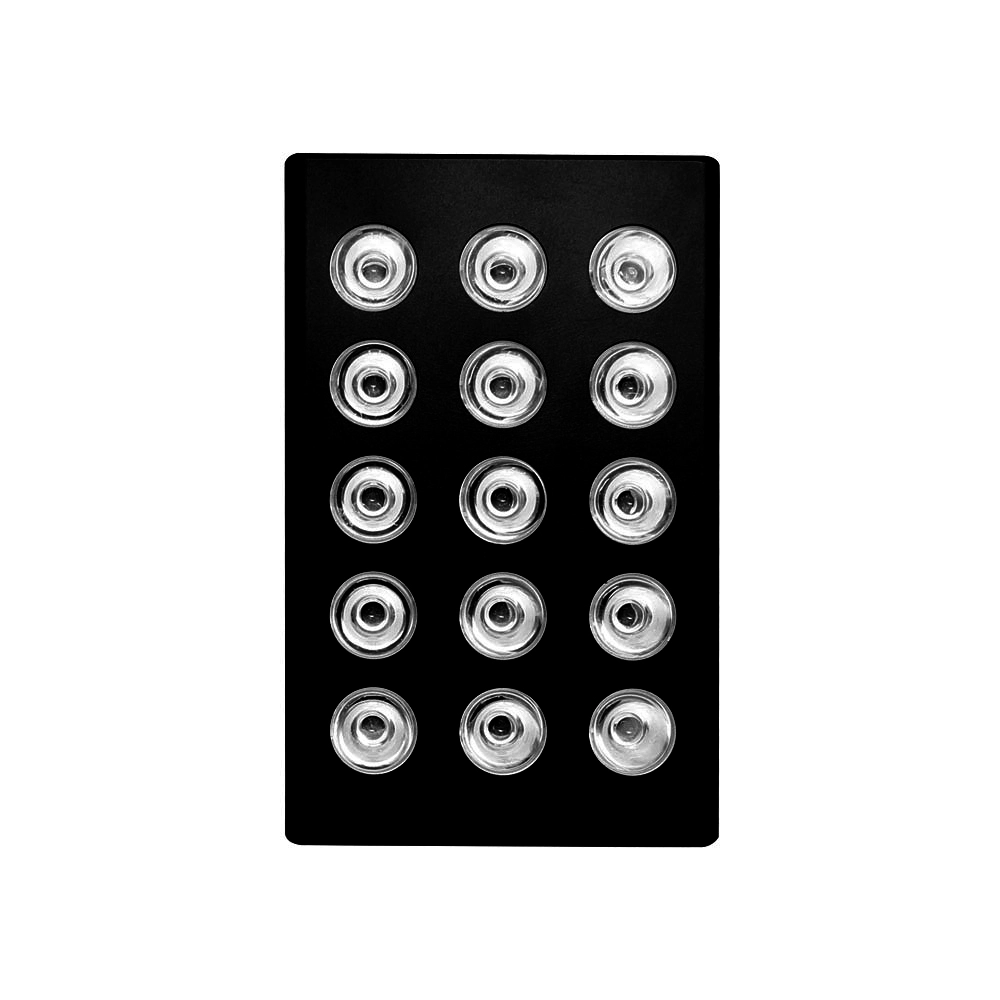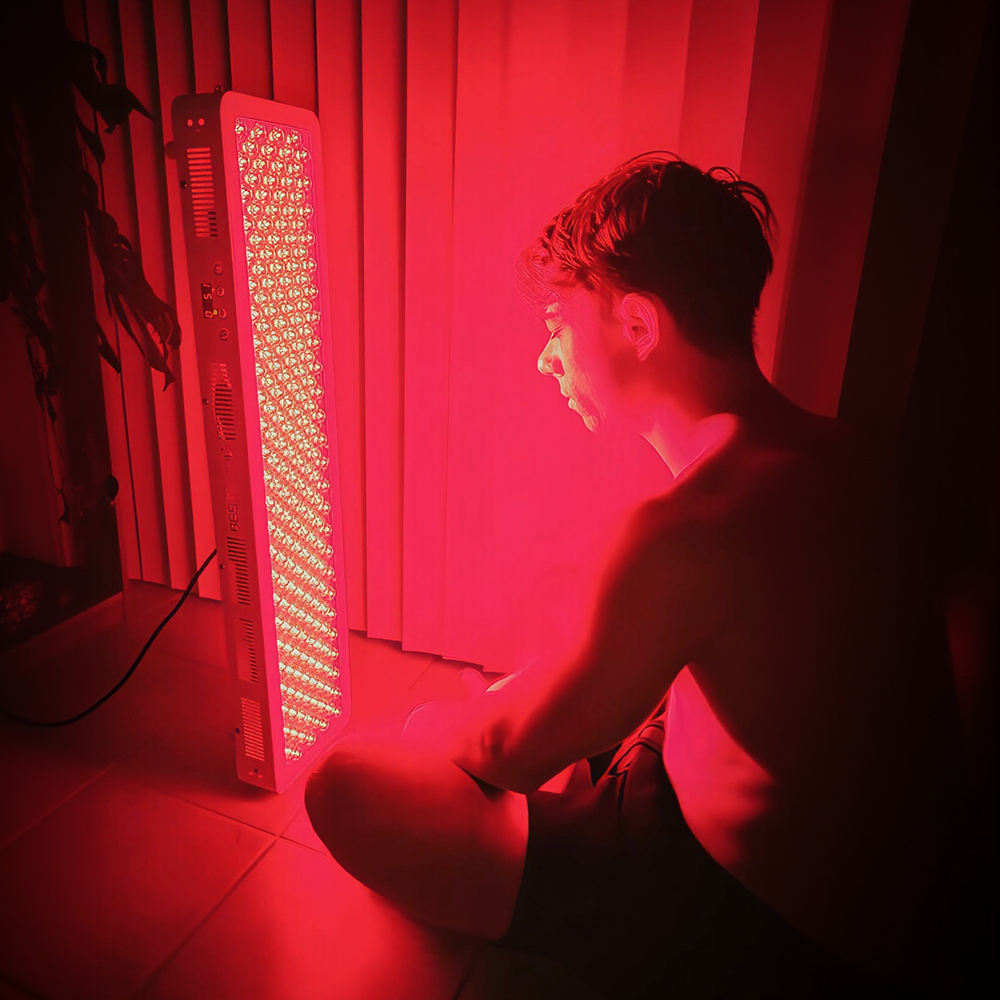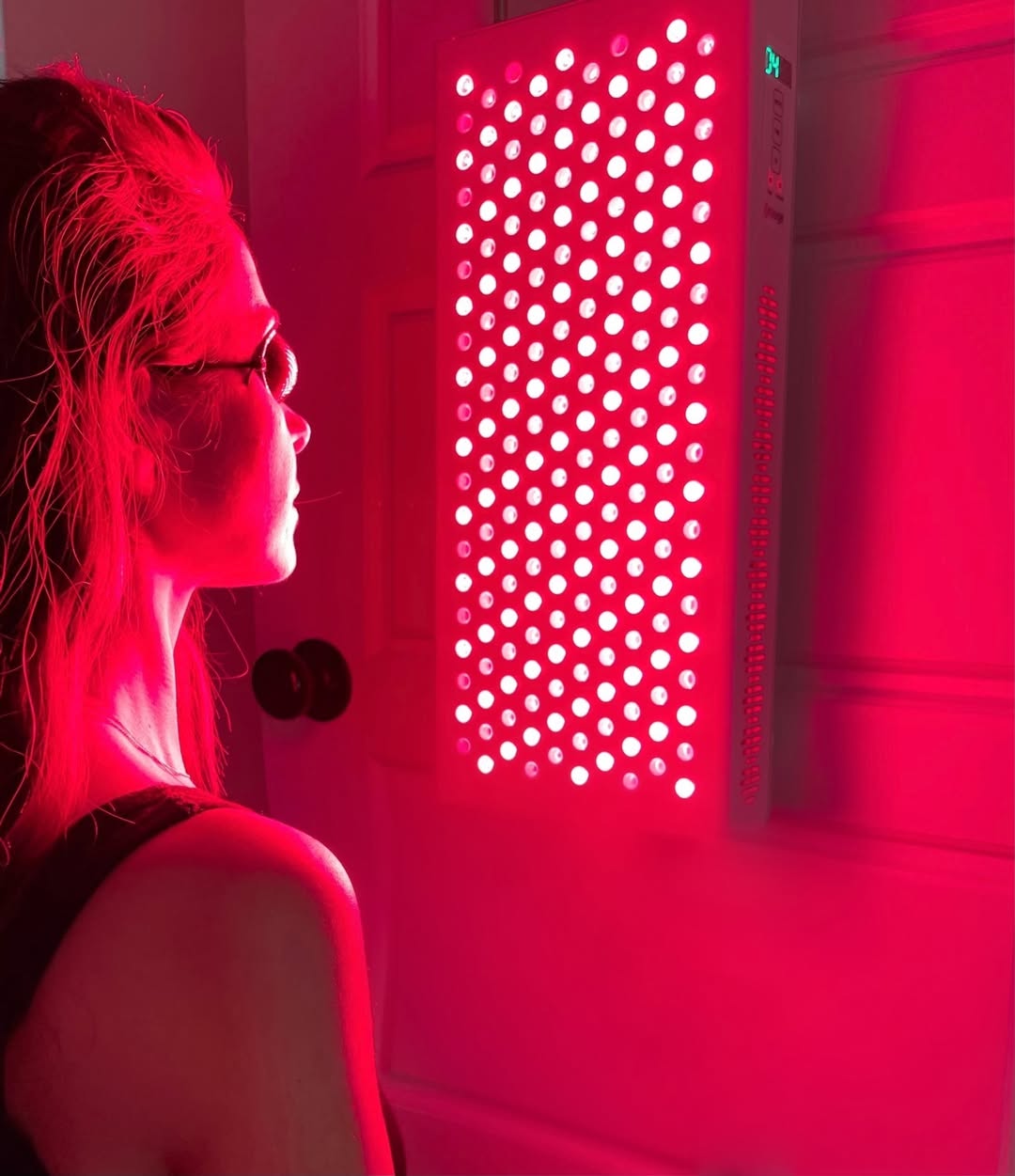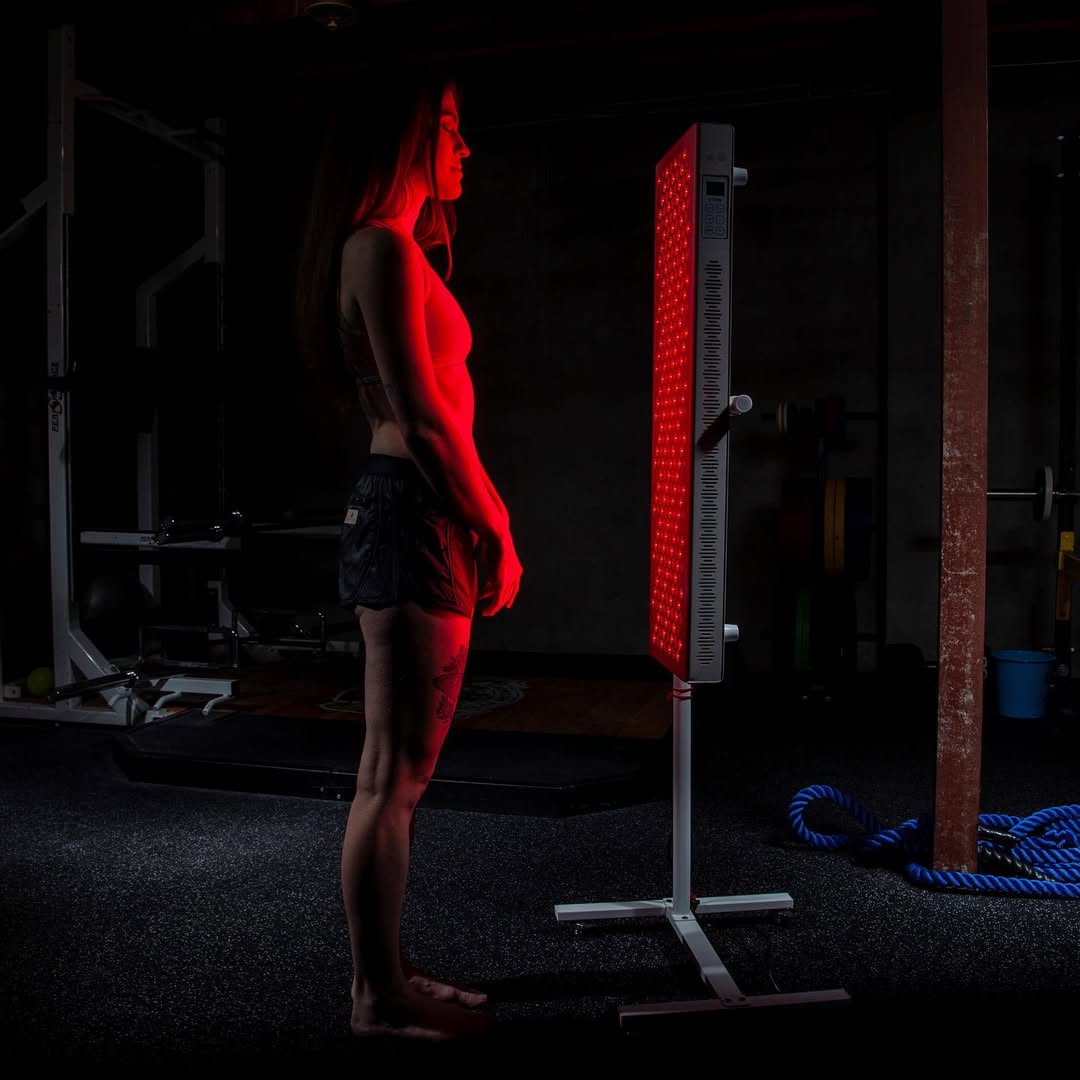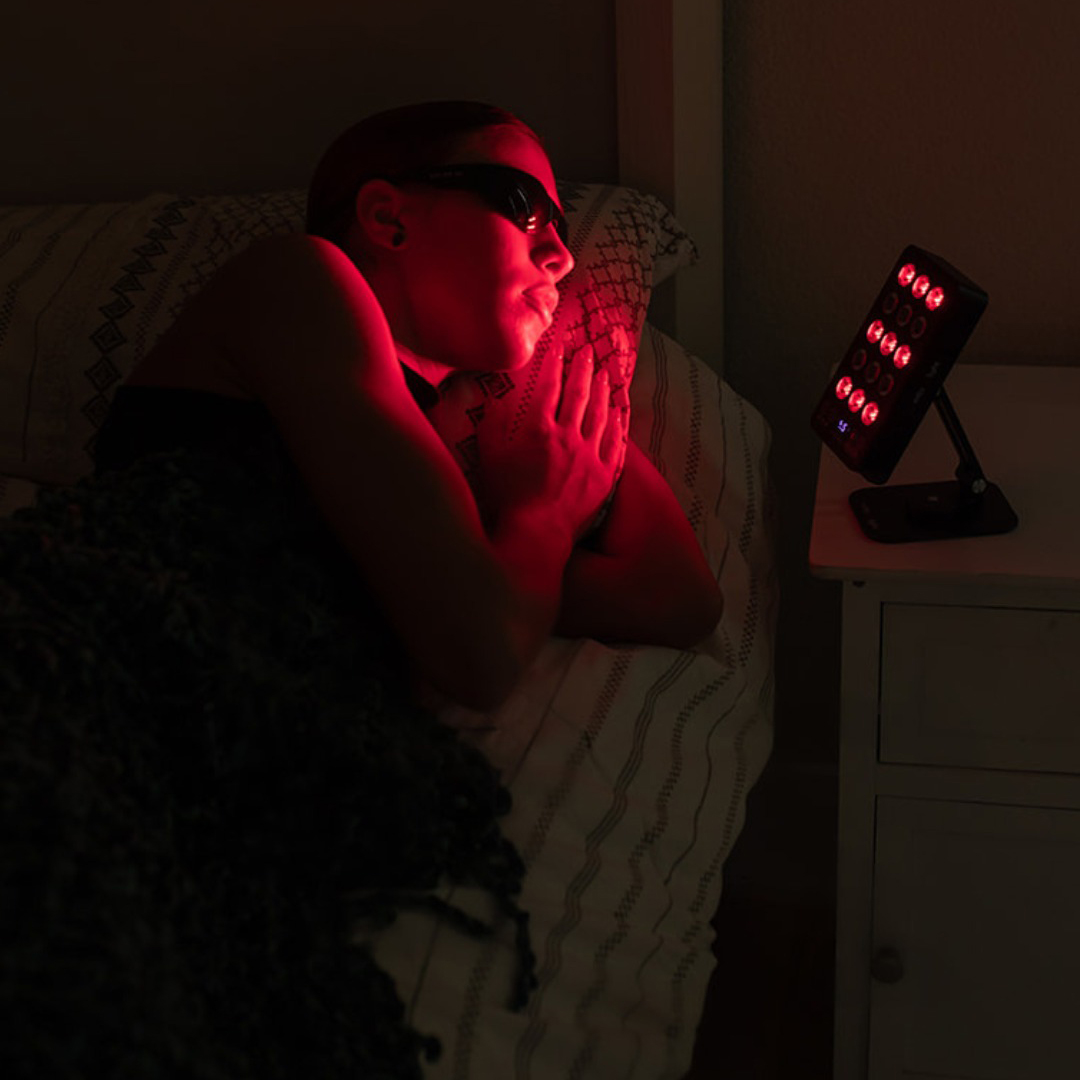![]() Free Shipping
Free Shipping ![]() Buy Now, Pay Later
Buy Now, Pay Later ![]() Eligible
Eligible
Red Light Therapy for Dogs with IVDD: A Complete Guide for Pet Owners
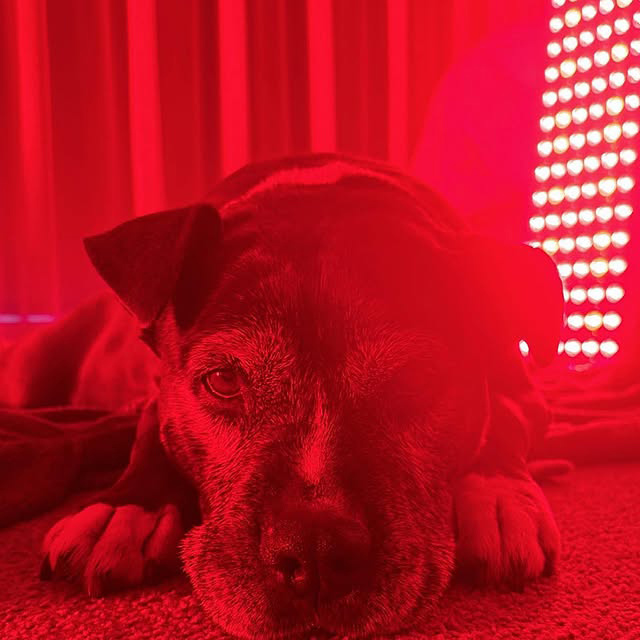
Watching your beloved dog struggle with the pain and mobility issues of Intervertebral Disc Disease (IVDD) is heartbreaking. As a pet parent, you’re likely searching for every possible option to bring them comfort. While surgery and medications are common approaches, a growing number of veterinarians and pet owners are turning to a powerful, non-invasive adjunct therapy: Red Light Therapy (RLT).
This article will serve as your complete guide to understanding how red light therapy can benefit a dog suffering from IVDD, what the science says, and how you can incorporate it into their treatment plan.
What is Intervertebral Disc Disease (IVDD) in Dogs?
Before diving into the treatment, it’s crucial to understand the condition. IVDD occurs when the cushioning discs between a dog’s vertebrae degenerate, harden, and then either bulge or rupture (herniate) into the spinal cord space.
This herniation causes:
- Compression: Pressure on the delicate spinal cord nerves.
- Inflammation: Swelling that further exacerbates the pressure.
- Pain: Ranging from mild discomfort to severe, debilitating pain.
- Neurological Deficits: Weakness, wobbliness (ataxia), paralysis in the hind legs, and even loss of bladder/bowel control.
Traditional treatments include strict crate rest, anti-inflammatory medications, pain relievers, and in severe cases, surgery.
How Does Red Light Therapy Work? The Science of Healing Light
Red Light Therapy, also known as Photobiomodulation (PBM) or Low-Level Laser Therapy (LLLT), uses specific wavelengths of red and near-infrared light to penetrate the skin and tissues. Unlike surgical lasers that cut or burn, this light energy is absorbed by the cells and stimulates a natural healing process.
The primary mechanism occurs within the mitochondria, the “powerhouse” of the cell. The light energy boosts cellular energy production (ATP), leading to a cascade of therapeutic effects.
The Key Benefits of Red Light Therapy for IVDD
For a dog with IVDD, RLT targets the root causes of their pain and disability. Here’s how it helps:
1. Reduces Inflammation
Inflammation is a major source of pain and nerve compression in IVDD. RLT has been scientifically proven to significantly reduce concentrations of inflammatory markers, helping to decrease swelling around the spinal cord.
2. Alleviates Pain
The therapy stimulates the release of endorphins, the body’s natural painkillers. It also helps to block pain signals transmitted by nerves, providing much-needed relief without the side effects of long-term medication.
3. Accelerates Tissue Repair and Healing
By increasing circulation and delivering more oxygen-rich blood to the damaged area, RLT promotes the repair of damaged disc material, nerves, and surrounding tissues.
4. Improves Nerve Function
For dogs with neurological deficits, this is crucial. The healing light can stimulate nerve regeneration and improve the conduction of signals, which can help restore strength and coordination to weakened limbs.
A Professional Insight:
“In our clinic, we use red light therapy as a cornerstone of our rehabilitation programs for IVDD patients. We see consistent results in reduced pain scores and improved mobility. It’s a safe, drug-free way to support the body’s own ability to heal from within.”
— Dr. Sarah Mitchell, DVM, CVA | Certified Veterinary Acupuncturist
Red Light Therapy vs. Traditional IVDD Treatments
It’s important to note that RLT is not a replacement for critical veterinary care, especially in severe cases. Instead, it is an excellent complementary therapy.
| Treatment Modality | How It Helps IVDD | Key Considerations |
|---|---|---|
| Strict Crate Rest | Prevents further disc damage and allows for natural healing. | Essential but can be stressful for the dog. |
| Anti-Inflammatory Drugs | Quickly reduces inflammation and pain. | Potential for side effects with long-term use. |
| Surgery | Physically removes material compressing the spinal cord. | Invasive, expensive, and requires a long recovery. |
| Red Light Therapy (RLT) | Reduces inflammation & pain; promotes tissue/nerve healing. | Non-invasive, no side effects, can be used at home. |
The Synergy: RLT can enhance the effects of rest and may allow for a reduction in medication dosage under veterinary guidance. It is also a fantastic tool for post-surgical recovery, helping to heal the incision and address underlying inflammation faster.
Using Red Light Therapy for Your Dog: A Practical Guide
Professional vs. At-Home Devices
- Professional Treatment: Your veterinary physiotherapist or rehab specialist will have a high-powered, medical-grade device. Treatments are typically short (a few minutes) and performed 2-3 times a week initially.
- At-Home Devices: A variety of FDA-cleared veterinary pads and wands are available for home use. These are less powerful but offer the convenience of daily treatment, which can be highly beneficial for chronic conditions like IVDD.
Treatment Protocol for an IVDD Dog
Always consult your veterinarian before starting any new treatment.
A typical at-home protocol might look like this:
- Location: Gently part the fur along your dog’s spine, focusing on the area of the lesion (as identified by your vet).
- Duration: Treat the area for the time specified by your device’s manufacturer, usually between 5-15 minutes.
- Frequency: In the acute phase, you may treat daily. For maintenance, 3-5 times per week is common.
- Technique: Hold the device wand or pad directly against the skin (if possible) or as close as you can. Move it slowly over the affected area.
VELLGUS Elite V2
THE #1 RATED RED LIGHT DEVICE
Is Red Light Therapy Safe for Dogs with IVDD?
Yes, red light therapy is considered extremely safe when used correctly. It is:
- Non-invasive and painless. Most dogs find the gentle warmth very relaxing.
- Drug-free and has no known side effects.
- Well-tolerated, even by older and frail pets.
Important Safety Note: Never shine the light directly into your dog’s eyes. Most devices come with, or you should purchase, protective goggles for your pet.
Conclusion: A Brighter Path to Recovery
Red light therapy represents a significant advancement in managing IVDD in dogs. By harnessing the body’s innate healing processes, it offers a safe, effective, and non-invasive way to reduce pain, decrease inflammation, and improve your dog’s quality of life.
While not a magic cure, it is a powerful tool that can be integrated with conventional treatments to give your furry friend the best possible chance at a comfortable and mobile future.
Disclaimer: This article is for informational purposes only and is not a substitute for professional veterinary advice. Always consult with a qualified veterinarian for an accurate diagnosis and treatment plan for your pet’s specific health condition.



